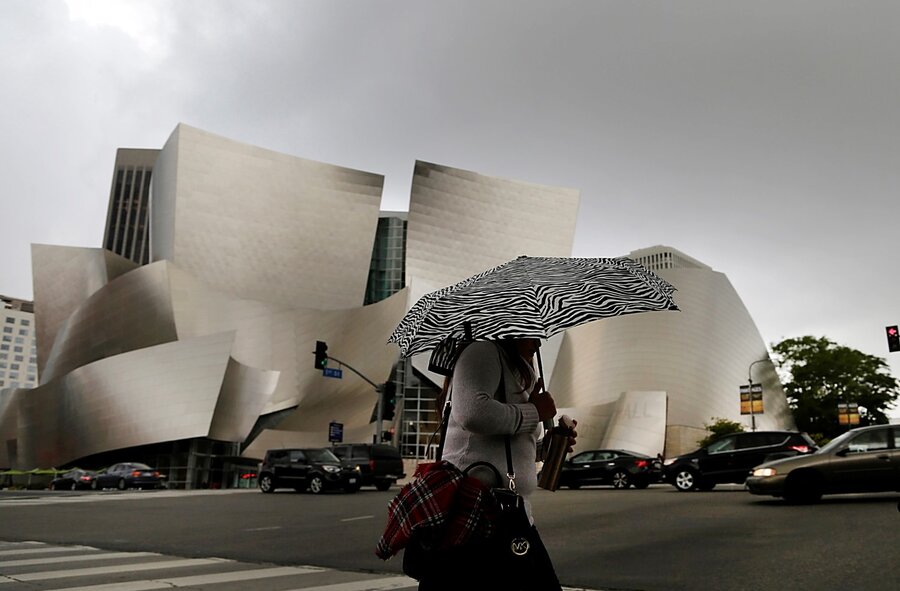El Nino has runs its course. But did it end California's drought?
Loading...
El Niño has passed on its merry way after 17 months of unusual warmth, wet weather, and unusual storms from the Pacific Ocean around the world.
The big story for this El Niño has been whether it would aid dry California's comeback from a drought. The answer is mixed.
"In California, it's all about location, location, location," Jan Null, San Francisco meteorologist said, according to USA Today.
The wet-weather patterns certainly helped the state, filling some low reservoirs and showering rain on dry land, but after years of drought, California needs more than one good winter – even an unusually wet one – to solve its problems completely.
The power was there, as it was one of the largest patterns in history, but the question was where it went. This El Niño was "very strong," comparable to only two others in the 60 years since the National Oceanic and Atmospheric Administration has made records of these patterns, according to analysis by Mr. Hull. The two previous El Niño patterns to receive "very strong" ratings – one in 1982-1983 and the other in 1997-1998 – drenched the entire state of California with rainfall 4 to 10 inches above the average.
This El Niño was equally generous in its rainfall but somewhat different in its allocation. Northern California still received the customary, well-above-average rainfalls this winter, as did the Pacific Northwest to an unusual degree. Southern California did not, and rainfall throughout the Southwest was disappointingly average to low. For this reason, Hull gave the pattern an A- for northern California, a C for the central part of the state, and failing marks in its southern climes.
Peter Gleick, president of the California-based think tank Pacific Institute, was also unimpressed.
"[El Niño] was not enough water to bail us out of the drought, but it was enough water to make many people believe, wrongly, that the drought has ended," he told USA Today.
The weather pattern's rain-giving focus was so far north that for southern regions where a long-term drought was in place before the El Nino, long-term drought remains, according to the University of Nebraska-Lincoln-based US Drought Monitor.
The early-June record heat blast – with temperatures up to 12 degrees F. above average in the West – suggests a hot, dry summer has begun, although the Drought Monitor predicts summer monsoons will begin soon.
El Niño affected the country's southern coasts more typically, offering the Southern states and Texas unusual tornadoes and flooding throughout the winter, as The Christian Science Monitor reported:
El Niño patterns typically hit the Deep South with cool, wetter-than-average weather during the late winter and spring months when the jet stream shifts, leaving an unusually deep trough of air pressure to transport storms from the Gulf of Mexico. The likelihood of extreme, wet weather between January and March increases by twofold during an El Niño year, according to the National Weather Service's Jackson, Miss., office.
As the Golden Gate Weather Services meteorologist and top El Niño tracker Null has said, the 2015-2016 El Niño has been a "poster child" for his mantra, "All El Niños are not the same!"






